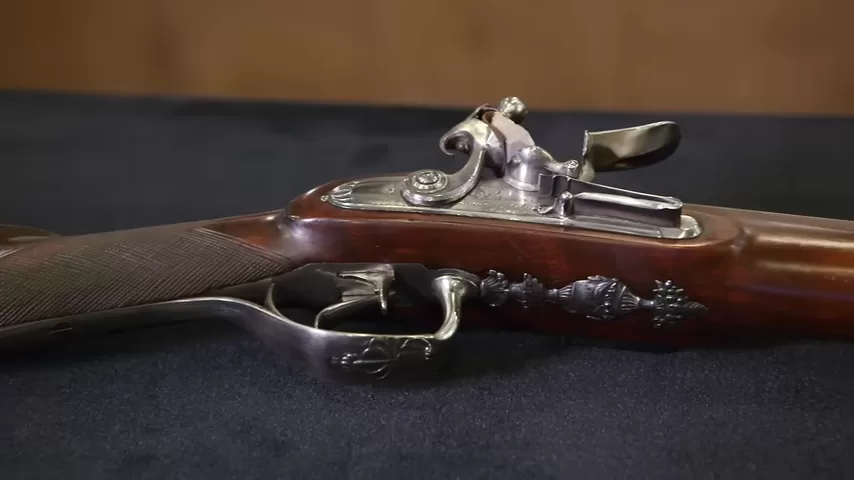When you walk into a pawn shop carrying a firearm, it usually raises eyebrows. But when that firearm is an ornate, gold-inlaid flintlock shotgun from the early 1800s, you don’t just raise eyebrows—you stop people in their tracks.
That’s exactly what happened when a man brought in a beautifully preserved French Boutet shotgun, a weapon more at home in the halls of Versailles than the average American gun rack. At first glance, it looked like something you’d see behind museum glass. Upon closer inspection, it turned out to be exactly that—a potential museum-grade piece by one of the finest gunsmiths in history.
“It’s rare. It’s beautiful. And it’s very, very well kept,” the seller explained. “But my wife’s tired of it being on the wall, so here I am.”
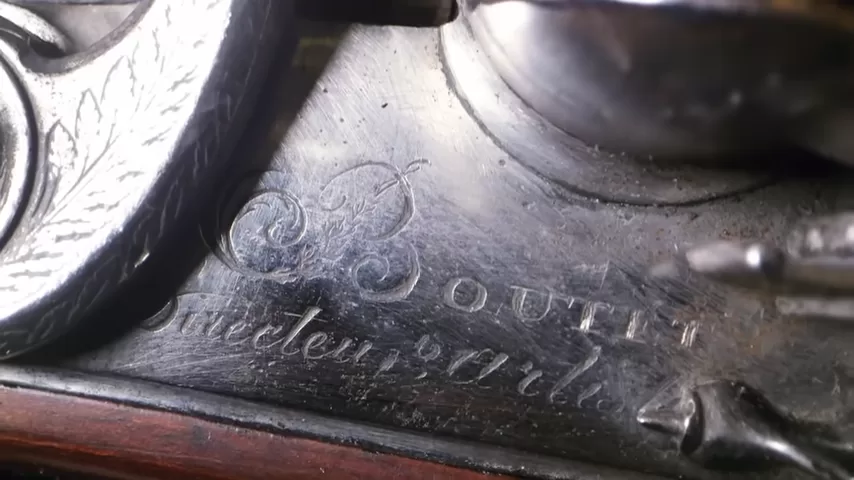
And so began a journey into royal weaponry, high art, and a little flintlock firepower.
The Man Behind the Masterpiece: Nicolas-Noël Boutet
To understand the value of the gun, you first have to understand the man who made it. Nicolas-Noël Boutet wasn’t just a gunsmith—he was the gunsmith of 18th- and early 19th-century France.
He served as the director of the Versailles arms factory, producing weapons for both Louis XVI and later Napoleon Bonaparte. Known for merging art with function, Boutet’s work was defined by exceptional craftsmanship, gold inlays, hand-checkered walnut stocks, and engraved steelwork. His firearms were custom-built for nobility and military elites, and many were so ornate they were never intended for battle.
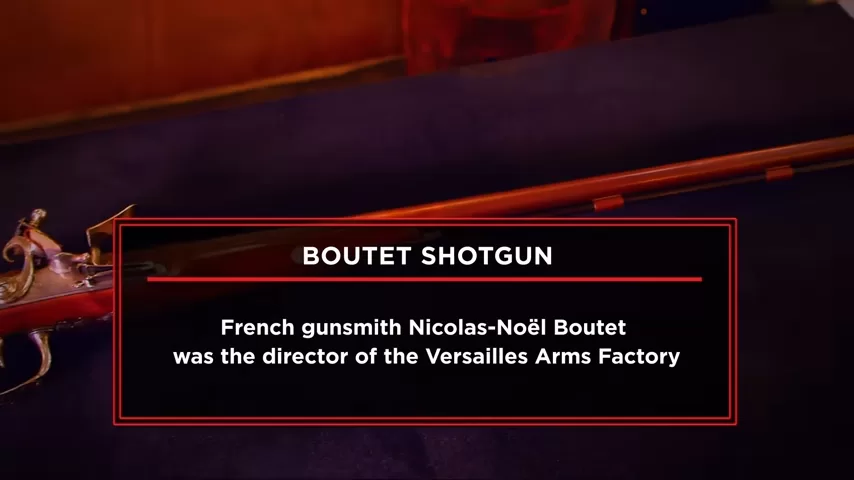
“Before Boutet, there was art and there was function,” one expert explained. “He was the first to truly combine the two.”
Today, Boutet’s pieces are housed in major institutions like The Metropolitan Museum of Art and the Musée de l’Armée in Paris. To find one in private hands—and in firing condition—is extraordinarily rare.
Inspecting the Gun: Signs of a Masterpiece
The shotgun that came into the shop checked every box:
- Gold inlay meticulously hammered into the steel frame
- Burled walnut stock, hand-checkered
- High-grade steel construction, which was extremely costly at the time
- Original flintlock mechanism, double-trigger, and working springs
- Engraving on both barrels: one marked Boutet, the other Manufacture à Versailles with a serial number (No. 322)

It wasn’t just decorative—it was mechanically intact, historically significant, and aesthetically stunning.
“Everything about this is just crazy quality,” the shop owner noted. “It’s not the kind of gun you find in someone’s attic.”
The seller originally asked for $10,000, but with that level of craftsmanship and pedigree, the shop called in an arms expert.
The Expert Opinion: Firepower and Fortune
When firearms historian and expert Alex arrived, his reaction was immediate:
“Holy moly. Can I pick it up?”
Alex confirmed what everyone suspected: the shotgun was an authentic Boutet, built during a time when France was transitioning from monarchy to empire. Boutet had served both sides—first crafting weapons for the doomed King Louis XVI, then later becoming Napoleon’s trusted armorer.
Despite its age, the gun was in remarkably good shape. Still, one question remained: Did it work?
To answer that, they headed to a private range.
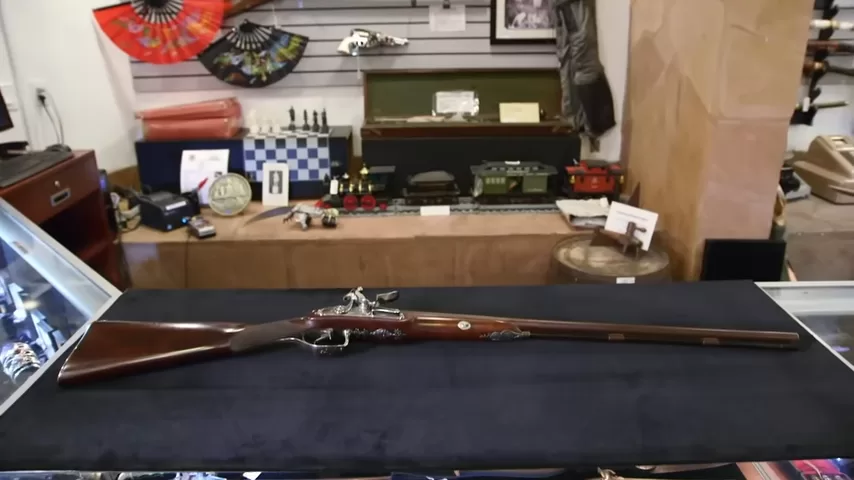
The Test: Does It Fire?
At the range, Alex examined the barrels more closely under sunlight and confirmed additional markings, including the serial number 322, potentially traceable in French military archives.
The team loaded the shotgun with FFg black powder and set up fruit targets for safety. Despite the firearm’s age, Alex volunteered to fire it himself.
“I’ve waited half my life to shoot a Boutet,” he grinned.
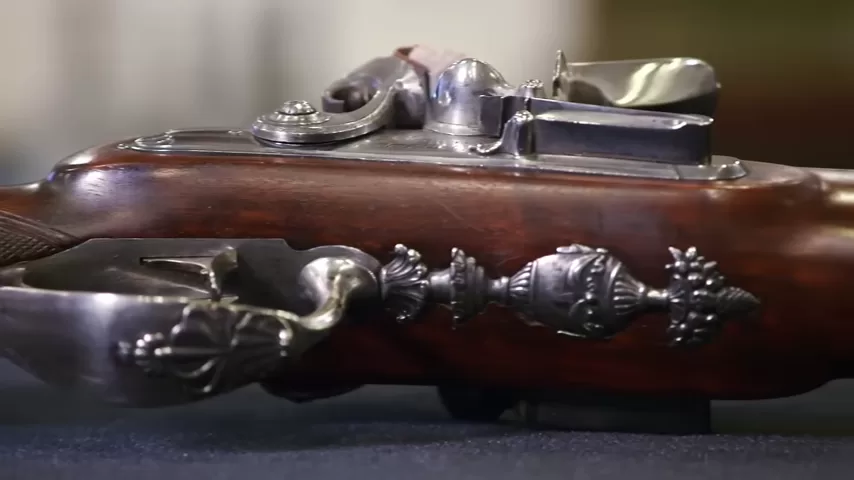
With a firm pull on the trigger and a cloud of smoke, the shot rang out—a perfect fire. The gun functioned flawlessly, just as it would have 200 years ago.
The Appraisal: More Than Just a Wall Hanger
After seeing the Boutet in action, Alex revised the valuation significantly.
“A simple Boutet starts at $10,000. But this one, with the craftsmanship, gold, condition, markings—I wouldn’t be surprised if it sold at auction for $30,000.”
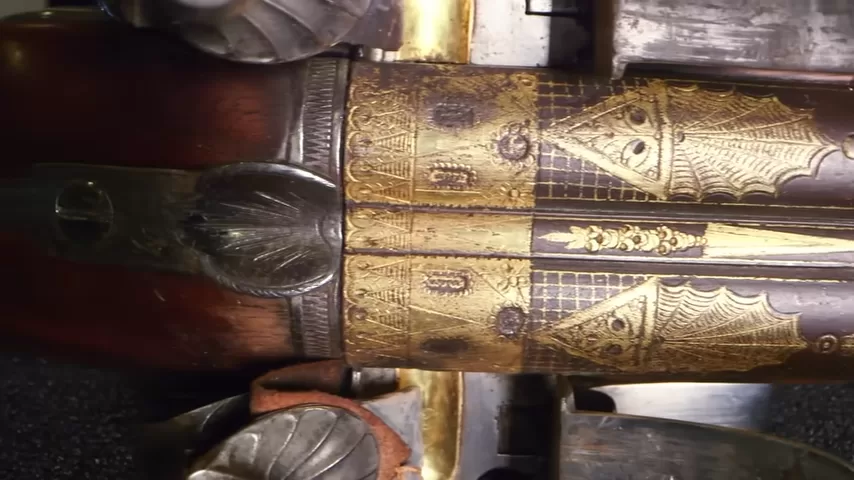
That kind of value isn’t just tied to age or rarity—it’s tied to prestige. Owning a Boutet is like owning a Rembrandt that also fires cannonballs.
The Negotiation: From 10K to 16K
With the new information in hand, the seller wasn’t interested in his original price anymore.
“Ten grand? No, I want a lot more now,” he laughed.
The shop offered $15,000, the seller countered with $18,000, and the final deal was struck at $16,000—a price that satisfied both the collector and the curator.
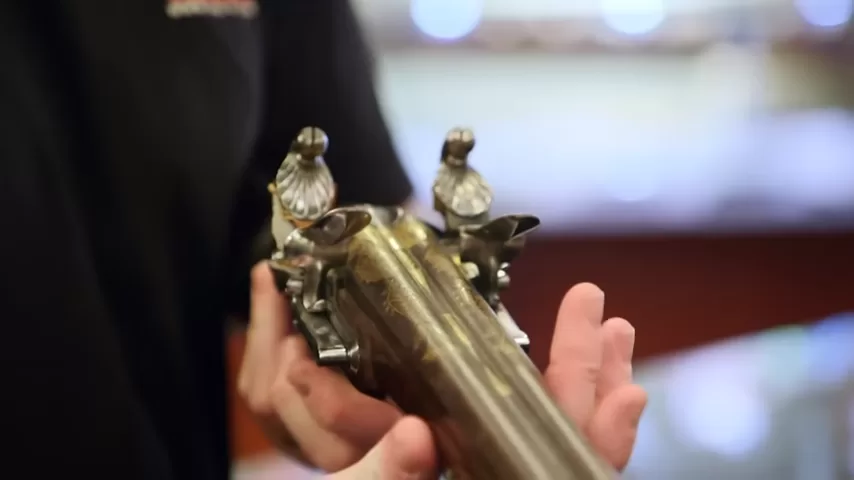
“It’s a lot more than I thought I’d get,” the seller admitted.
For the shop, it was more than just an acquisition—it was a once-in-a-decade find, something to anchor a high-end antique collection or auction lineup.
Final Thoughts: When Guns Were Art
Most people think of guns as tools or weapons. But in the hands of artists like Boutet, they became status symbols, gifts of diplomacy, and works of mechanical sculpture.
This shotgun wasn’t made for war. It was made for display—an object meant to be admired, handled with white gloves, and maybe, just once, fired into a melon for the satisfaction of saying, “Yes, it still works.”
“Now I own a fine Boutet,” the buyer said. “Not that I haven’t always had one.”
In a world where antiques often fade into obscurity, this was a loud, smoky reminder that history can still speak—especially when it comes with two barrels and a gold inlay.
